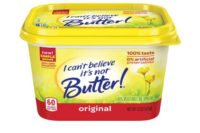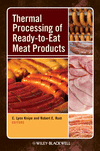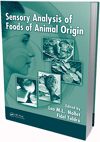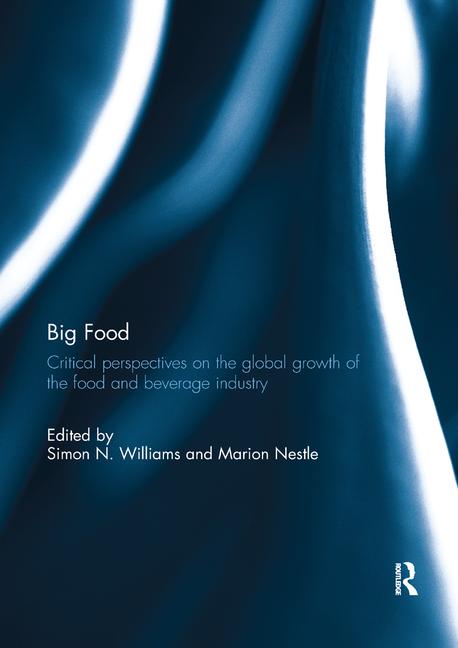ANINA Transforms Ugly Vegetables into Artistic Ready Meal
Culinary art and upcycled veggies disrupt the ready meal market with inspiring format

PHOTO COURTESY OF: ANINA Culinary Art, Ltd.
FoodTech start-up ANINA Culinary Art, Ltd. aims to reshape the future of ready meals by merging art with technology through a culinary experience of meals from upcycled vegetables. Each whole “meal-in-a-pod” is all-natural, loaded with nutrients, and made from so-called “ugly” vegetables.
The ANINA pod is a complete meal made from vegetables that have been rejected for sale due to a less-than-perfect appearance—a major source of fresh produce waste. The new, convenient, ready to cook format is a single-size portion that allows for a quick and nutritious meal in just a few minutes. It can be cooked on the stovetop or in a microwave. Each disc-shaped container holds two full cups of vegetables—40% of an adult’s daily nutritional requirements—and is ideal for consumers seeking a fast nutritious & delicious meal solution at work or home.
The ANINA range was launched in Israel with three recipes:
● Pasta Primavera— vegetables, Italian herbs, and pasta
● Mediterranean bowl—vegetables, bulgur wheat, and black lentils
● Vietnamese bowl—rice noodles and vegetables
Each ANINA pod provides a plant-based meal replete with protein, high in fiber, and free from colorants or preservatives. The products are currently available online, at premium and boutique bakeries, and at co-working spaces outlets.
The container's outer shell is made from a layer of dried vegetables or fruits, while the inner core contains a range of natural ingredients. The ingredients, of course, vary according to each recipe.
Two industrial design students, Esti Brantz and Meydan Levy, were concerned by the huge amounts of good fresh produce that typically gets tossed in the trash due to cosmetic reasons such as size, shape, color differences, or similar perceived imperfections. Living across from a bustling farmers market located in the heart of Jerusalem, surrounded by fresh produce and herbs carrying exotic flavors and aromas, the duo sought a solution to the food waste challenge. They acquired leftover vegetables at the market and spent two years testing various techniques before settling on one that worked best to preserve the components of a heat-and-eat meal. This led to the design of an entirely new food concept.
Large quantities of food are wasted because of an emphasis on appearance. In fact, half of all produce in the US is thrown away because it is less than “picture perfect” for selling. This equates to a staggering 60 million tons of completely fine fruits and vegetables discarded every year. Food losses mean lost income for farmers and higher prices for consumers.
Looking for a reprint of this article?
From high-res PDFs to custom plaques, order your copy today!








